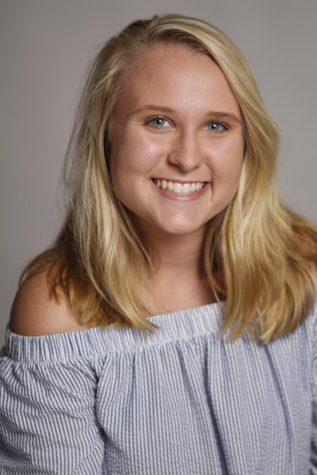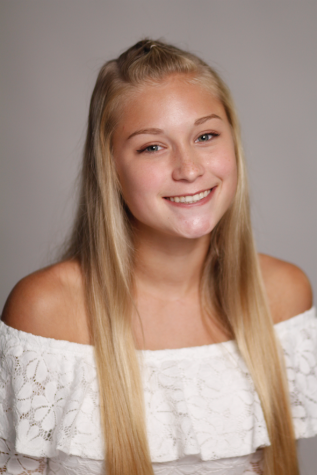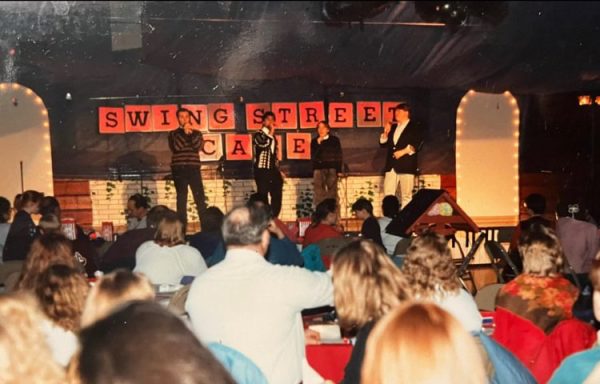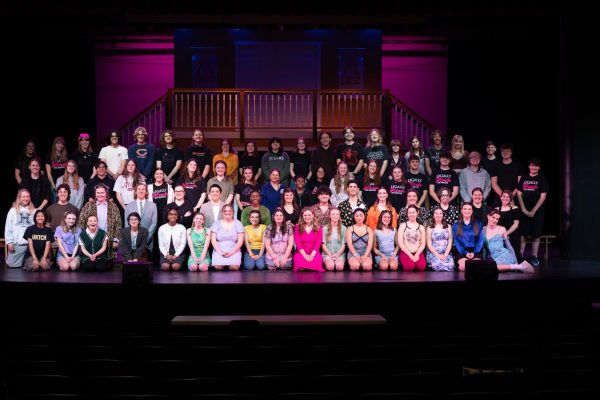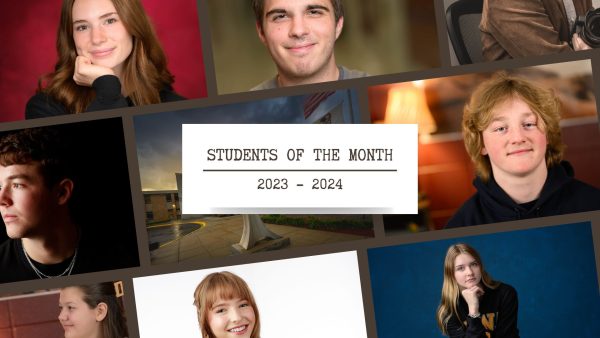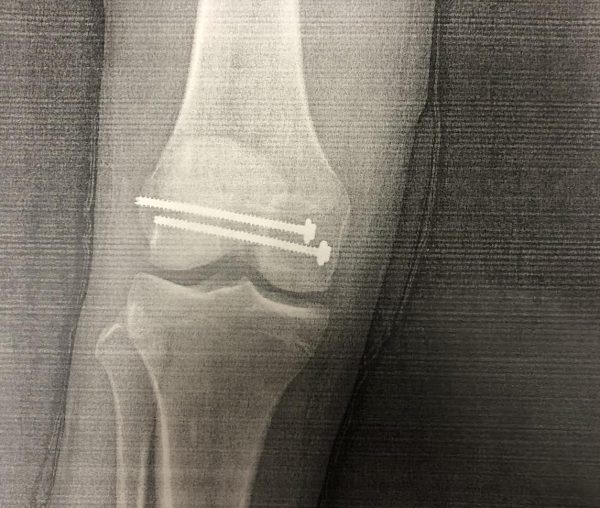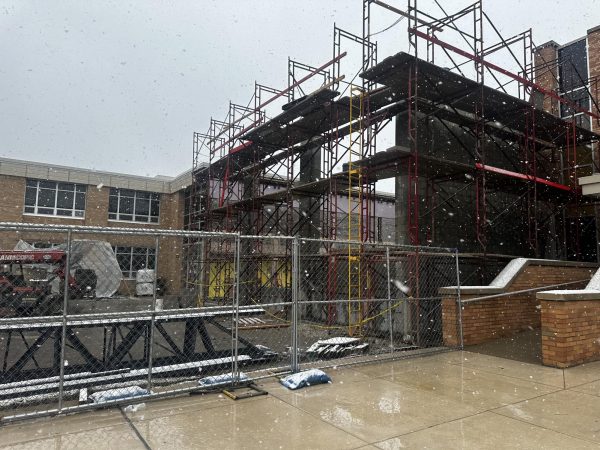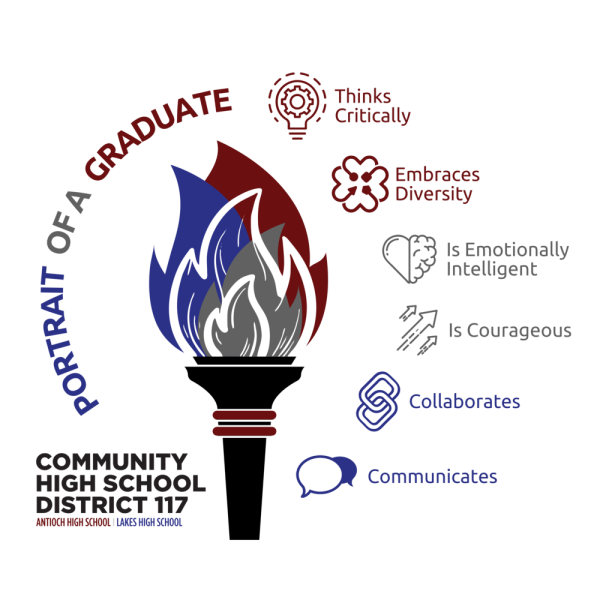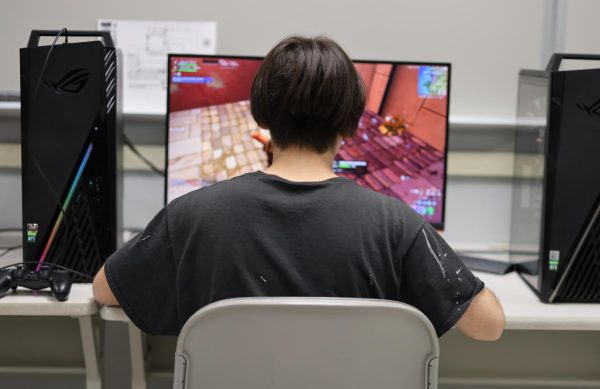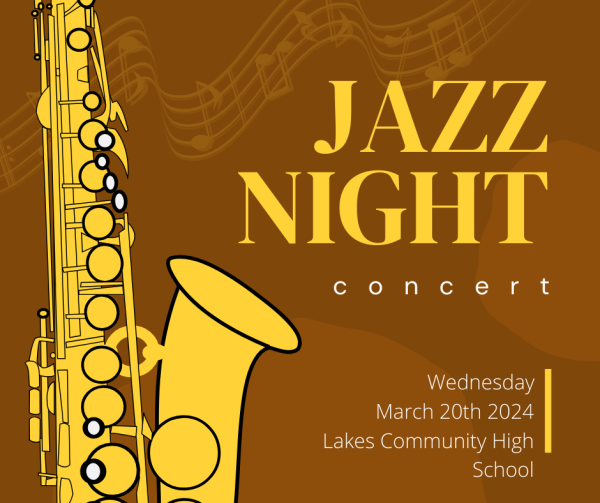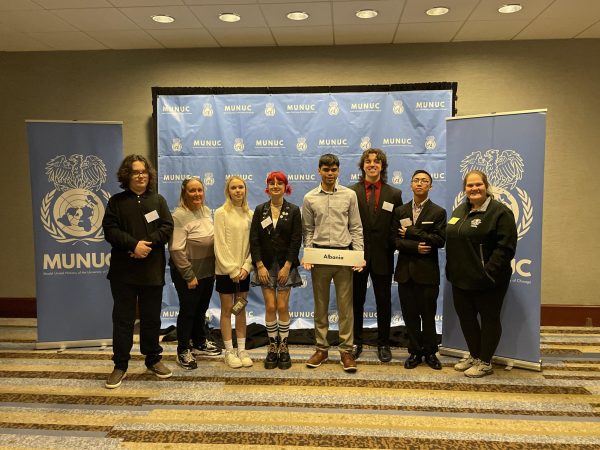Holiday Fashion Through the Ages
1920
The jazz age of the “roaring” 1920s has led to abundances of polished styles that set base for new trends that have made the ultimate comeback in modern day fashion. From gold and black, to long sleek fur coats, many women and men throughout the ‘20s have shown their fashion statements during the holidays with grace, elegance and extravagant hats. The ‘20s helped lead decades of sophisticated style.
1930
The ‘30s felt the full onset of the Great Depression, women were limited in personal expression but allowed themselves to enjoy elegant fur coats ideal for the holiday season. Knitted skirts accentuated the feminine curve in contrast from the ‘20s. A new sweater was considered the perfect gift for a 1930s man, with popular styles of black, velvet fabrics.
1940
The effect that World War II had on the states becomes a common theme in the holiday season. Women represented their new voices and ability to take new roles in society with the classic paperboy haircuts. Men preferred trench coats, scarves, sport coats and tailored two-piece suits. Outfits were not clingy or form fitting and sweaters and skirts often matched. Hats were popular among both genders.
1950
The 50s rejuvenated a new vibe of tight-accentuated waists. Vibrant, stiff shouldered sport jackets were also popular among men, whereas the highly recalled, “greasers” wore loose clothing and leather jackets, epitomizing the jock-rebel look.
1960
“Welcome to the sixties,” a classic quote from the well-known musical Hairspray, which featured the hit trends of that decade, including retro bear hug coats that were a prominent staple in a woman’s life. Men sported button up wool sweaters with pastel cardigans, making sure to achieve the slicked back style.
1970
The 70s took on an entirely new look never seen before in history. With their flowers and peace symbols, articles like the bohemian style dress and the flared, bell bottom jeans came to life. From blazers to high waisted, short skirts, the 70s incorporated a little bit of everything into their attire. Intricate, but not always matching, patterns embellished many of the outfits worn. Men rocked the button down collared shirts paired with bell bottoms or sported a tight sweater.
1980
With changing technology came changing trends. Men wore shirts that exposed their chests and Hawaiian shirts over t shirts took their walk of fame. Collared blazers were also popular among men. For women, fashion shifted from flowers to flare, with bold patterns, tight clothes, and intense eye makeup. Spandex were popularized by fitness models as well as off-the-shoulder tops. Hair was themed around the idea “go big or go home” and was often teased into bushy styles.
1990
The 90s kids redefine style. Primary colors take to the trends and denim leads the list. Jackets, jeans and knee length skirts were just a few of the many denim items of the 90s. Solid colored sweaters and oversized tops were another addition to 90’s fashion. The denim phase was universal between men and women, however, men sported flannels more often than sweaters.
2000
A new century means another fashion phase. Styles became short and tight. Crop tops, off-shoulder tops, mini skirts and boot cut jeans became top choices. For men, baggy jeans became popular, but shirts ranged from sweaters to button downs and plain, long-sleeve shirts.
2010- today
As for today’s fashion, it is still continuing to grow. Ugly sweaters have become a widespread investment of the American people. Junior Jordan DeLara loves the current sweater trends.
“My favorite Christmas sweater is green and has a bunch of nutcrackers on it,” DeLara said. “It is my favorite because I collect nutcrackers, about seven last year.”
Santa hats still remain a Christmas essential and skimpy Christmas costumes are still popular. From suits to snowpants, holiday attire has changed from decade to decade.
